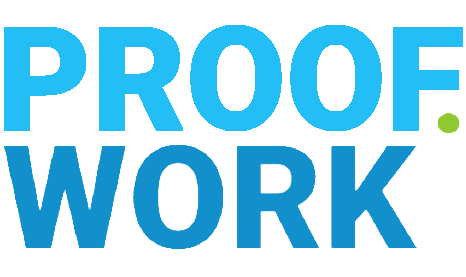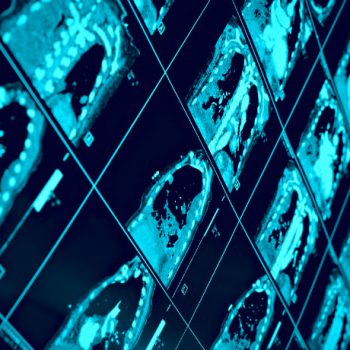
What is OpenMRS
Our world continues to be ravaged by pandemics of epic proportions, as over 40 million people are infected with diseases such as HIV/AIDS, multi-drug resistant tuberculosis, and malaria – most (up to 95%) of these afflictions are present in developing countries. Prevention and treatment interventions on this scale require efficient information management, which is critical as clinical care must increasingly be entrusted to less skilled providers. Whether for lack of time, developers, or money, most health care programs in developing countries manage their information with simple spreadsheets or small, poorly designed databases … if anything at all. To help them, we need to find a way not only to improve management tools, but also to reduce unnecessary, duplicate efforts.
Watch the OpenMRS Story
As a response to these challenges, the Open Medical Record System (OpenMRS®) was created in 2004 as a open source medical record system platform for developing countries – a tide which rises all ships. OpenMRS is a multi-institution, non-profit collaborative led by Regenstrief Institute, a world-renowned leader in medical informatics research, and Partners In Health, a Boston-based philanthropic organization with a focus on improving the lives of underprivileged people worldwide through health care service and advocacy. These teams nurture a growing worldwide network of individuals and organizations all focused on creating medical record systems and a corresponding implementation network to allow system development self reliance within resource constrained environments.
Where is OpenMRS?
OpenMRS is now in use around the world (see the OpenMRS Atlas), including South Africa, Kenya, Rwanda, Lesotho, Zimbabwe, Mozambique, Uganda, Tanzania, Haiti, India, China, United States, Pakistan, the Philipines, and many other places. This work is supported in part by many organizations including international and government aid groups, NGO’s, as well as for-profit and non-profit corporations.
What is OpenMRS?
OpenMRS is a software platform and a reference application which enables design of a customized medical records system with no programming knowledge (although medical and systems analysis knowledge is required). It is a common platform upon which medical informatics efforts in developing countries can be built. The system is based on a conceptual database structure which is not dependent on the actual types of medical information required to be collected or on particular data collection forms and so can be customized for different uses.

OpenMRS used in Kaduna, Nigeria
OpenMRS is based on the principle that information should be stored in a way which makes it easy to summarize and analyze, i.e., minimal use of free text and maximum use of coded information. At its core is a concept dictionary which stores all diagnosis, tests, procedures, drugs and other general questions and potential answers. OpenMRS is a client-server application, which means it is designed to work in an environment where many client computers access the same information on a server.
There are several layers to the system. (Warning, geek-speak ahead!)
- Our data model borrows heavily from the Regenstrief model, which has over a 30-year history of proven scalability and is based on a concept dictionary<.
- The API (application programming interface) provides a programmatic “wrapper” around the data model, allowing any developer to program against more simplified method calls rather than having to understand the intricacies of the data model.
- The web application includes web front-ends and modules that extend the core functions — these are the user interfaces and applications themselves built upon the lower levels.
Features
This is an incomplete list of OpenMRS features “out of the box”. Our many add-on modules make it easy to infinitely expand and extend the system.
- Central concept dictionary: Definitions of all data (both questions and answers) are defined in a centralized dictionary, allowing for robust, coded data
- Security: User authentication
- Privilege-based access: User roles and permission system
- Patient repository: Creation and maintenance of patient data, including demographics, clinical observations, encounter data, orders, etc.
- Multiple identifiers per patient: A single patient may have multiple medical record numbers
- Data entry: With the FormEntry module, clients with InfoPath (included in Microsoft Office 2003 and later) can design and enter data using flexible, electronic forms. With the HTML FormEntry module, forms can be created with customized HTML and run directly within the web application.
- Data export: Data can be exported into a spreadsheet format for use in other tools (Excel, Access, etc.)
- Standards support: HL7 engine for data import
- Modular architecture: An OpenMRS Module can extend and add any type of functionality to the existing API and webapp.
- Patient workflows: An embedded patient workflow service allows patient to be put into programs (studies, treatment programs, etc.) and tracked through various states.
- Cohort management: The cohort builder allows you to create groups of patients for data exports, reporting, etc.
- Relationships: Relationships between any two people (patients, relatives, caretakers, etc.)
- Patient merging: Merging duplicate patients
- Localization / internationalization: Multiple language support and the possibility to extend to other languages with full UTF-8 support.
- Support for complex data: Radiology images, sound files, etc. can be stored as “complex” observations
- Reporting tools: Flexible reporting tools
- Person attributes: The attributes of a person can be extended to meet local needs
Get Involved
OpenMRS is also a community of developers, implementers, and users working toward a shared and open foundation for managing health information in developing countries. Learn more about ways to join us.
Get More Information
There are several channels to reach the OpenMRS Community, such as mailing lists, the OpenMRS IRC channel, or drop us a line if you’re not sure where to turn.
Source: http://openmrs.org/about/


0 Comments